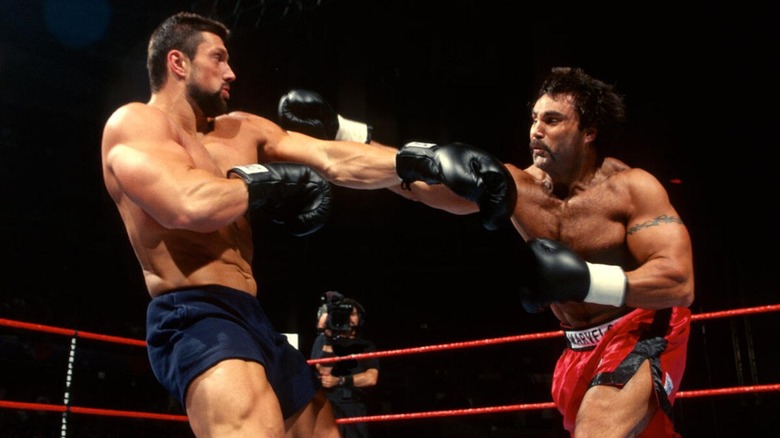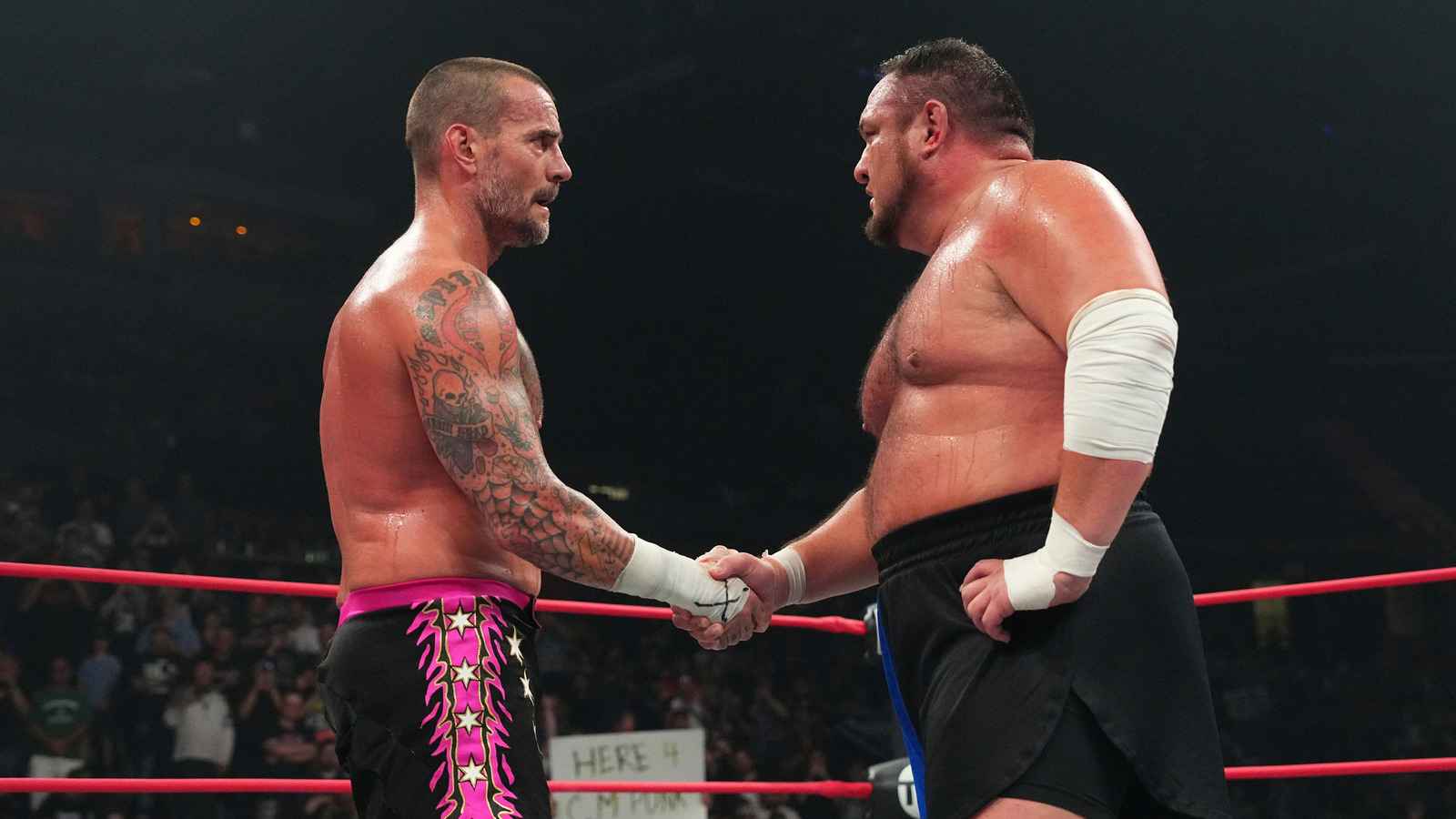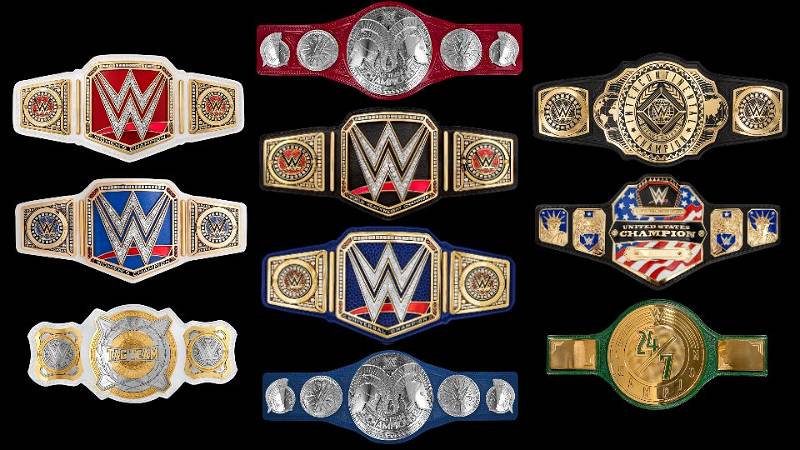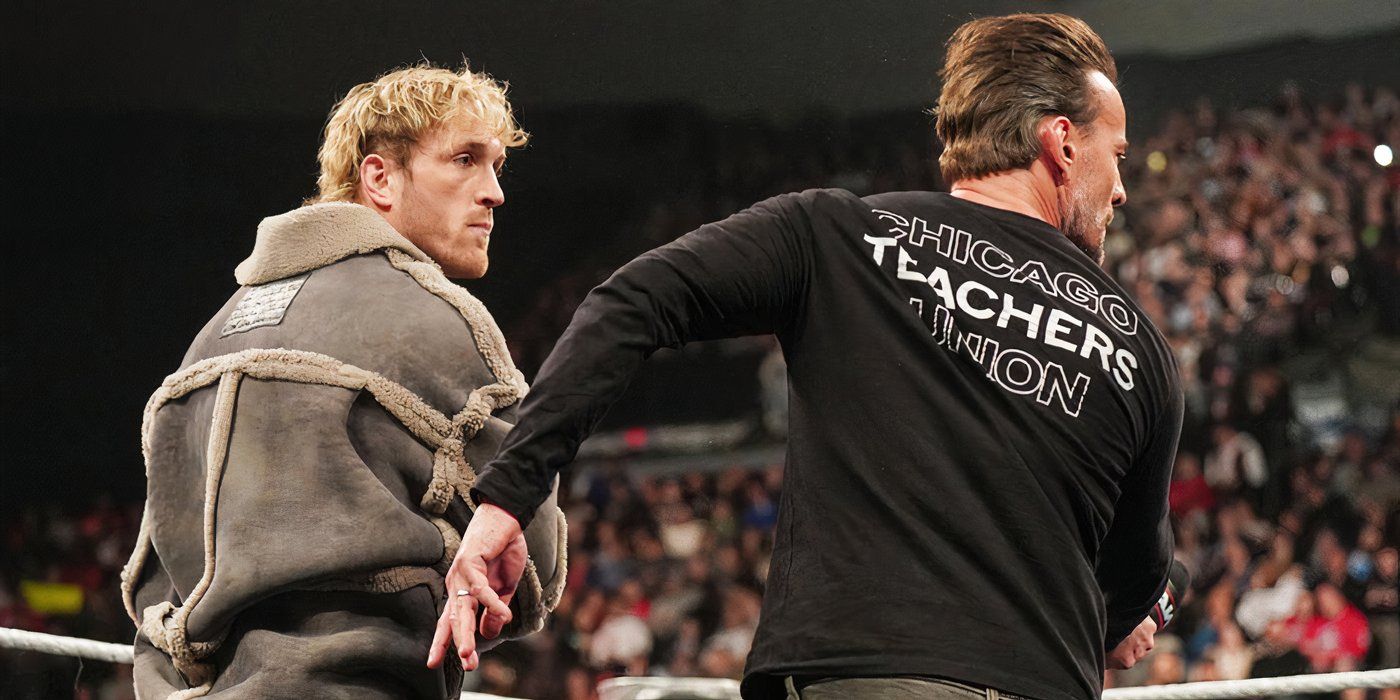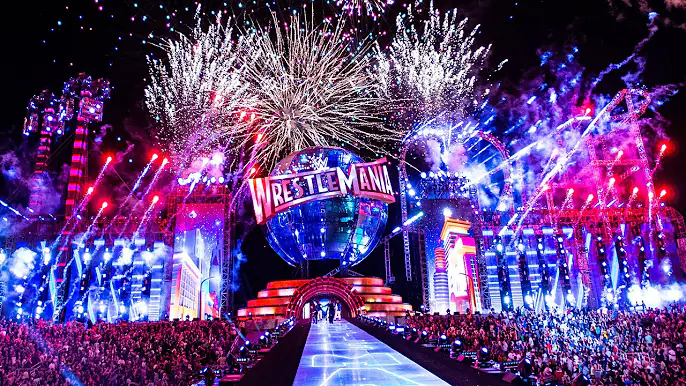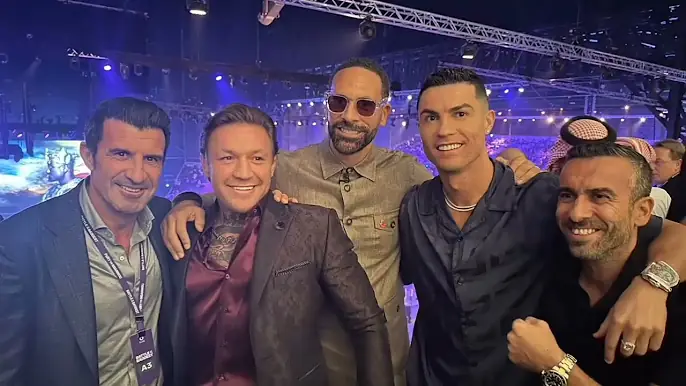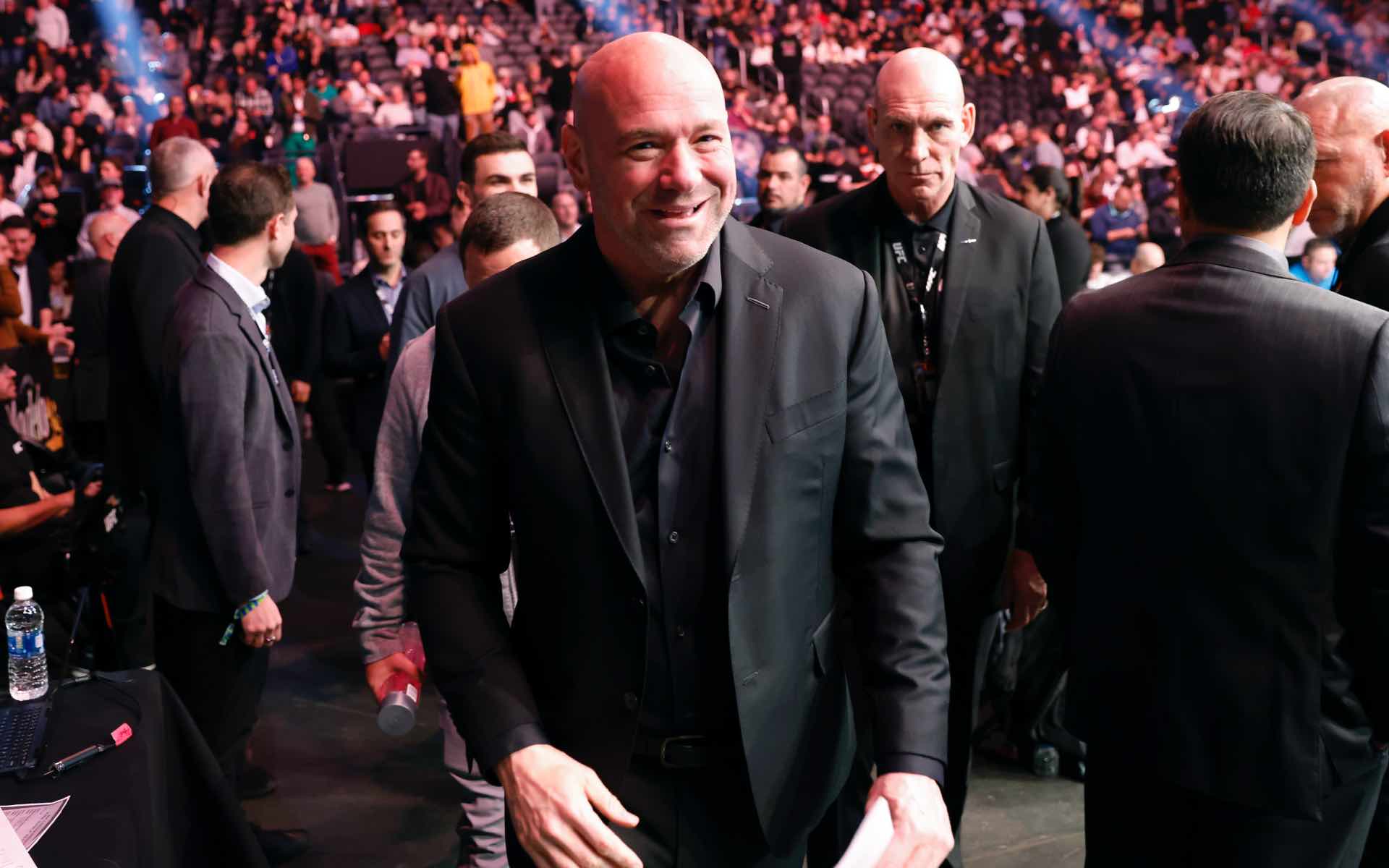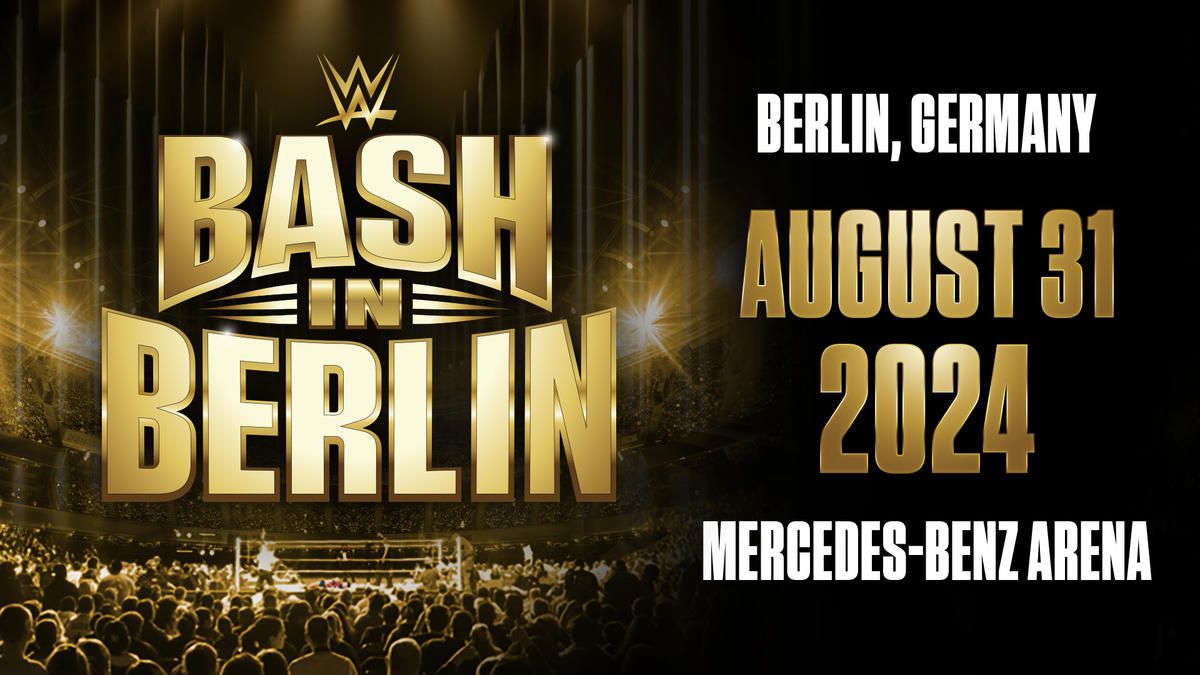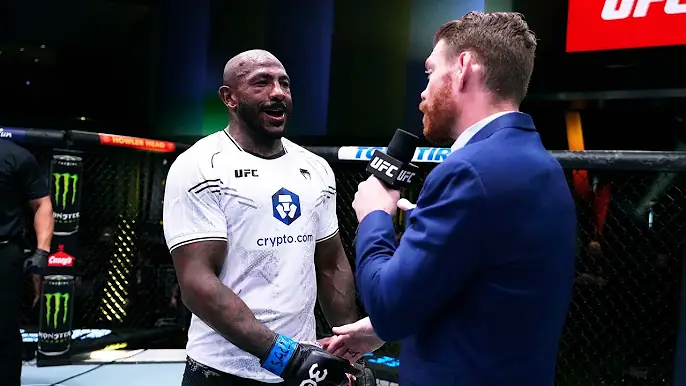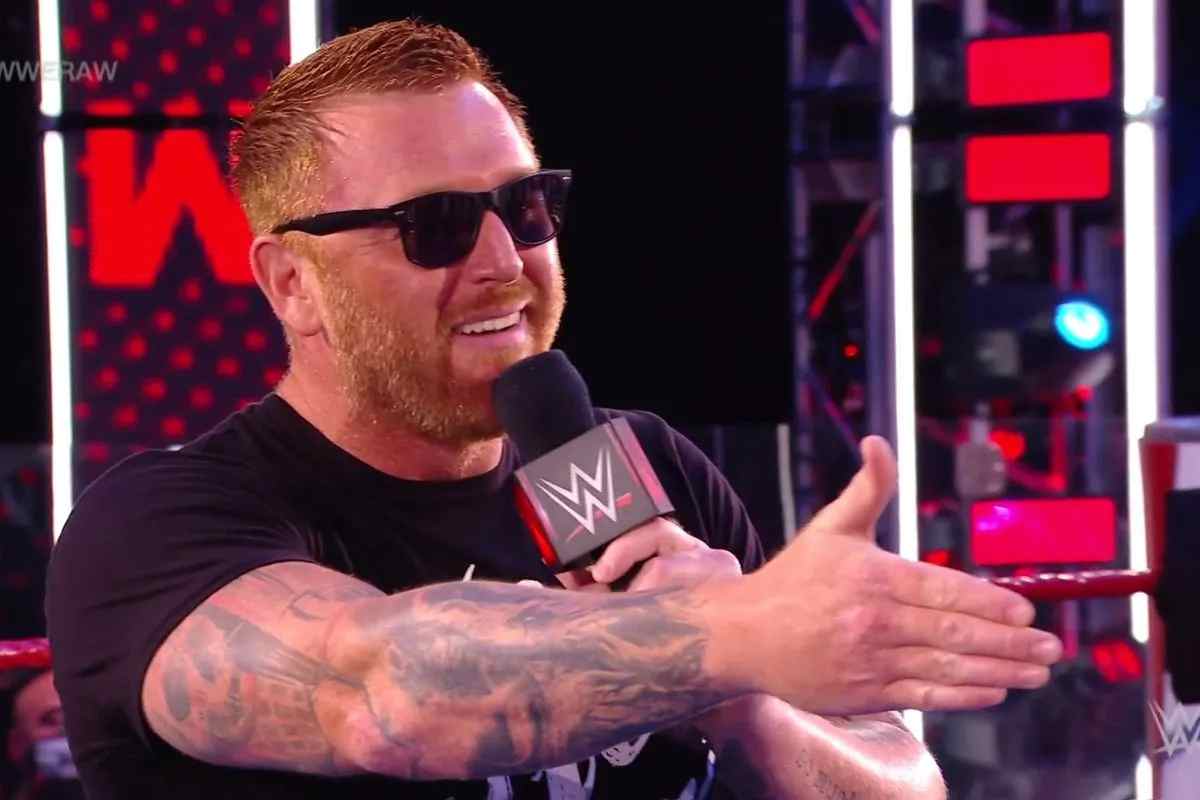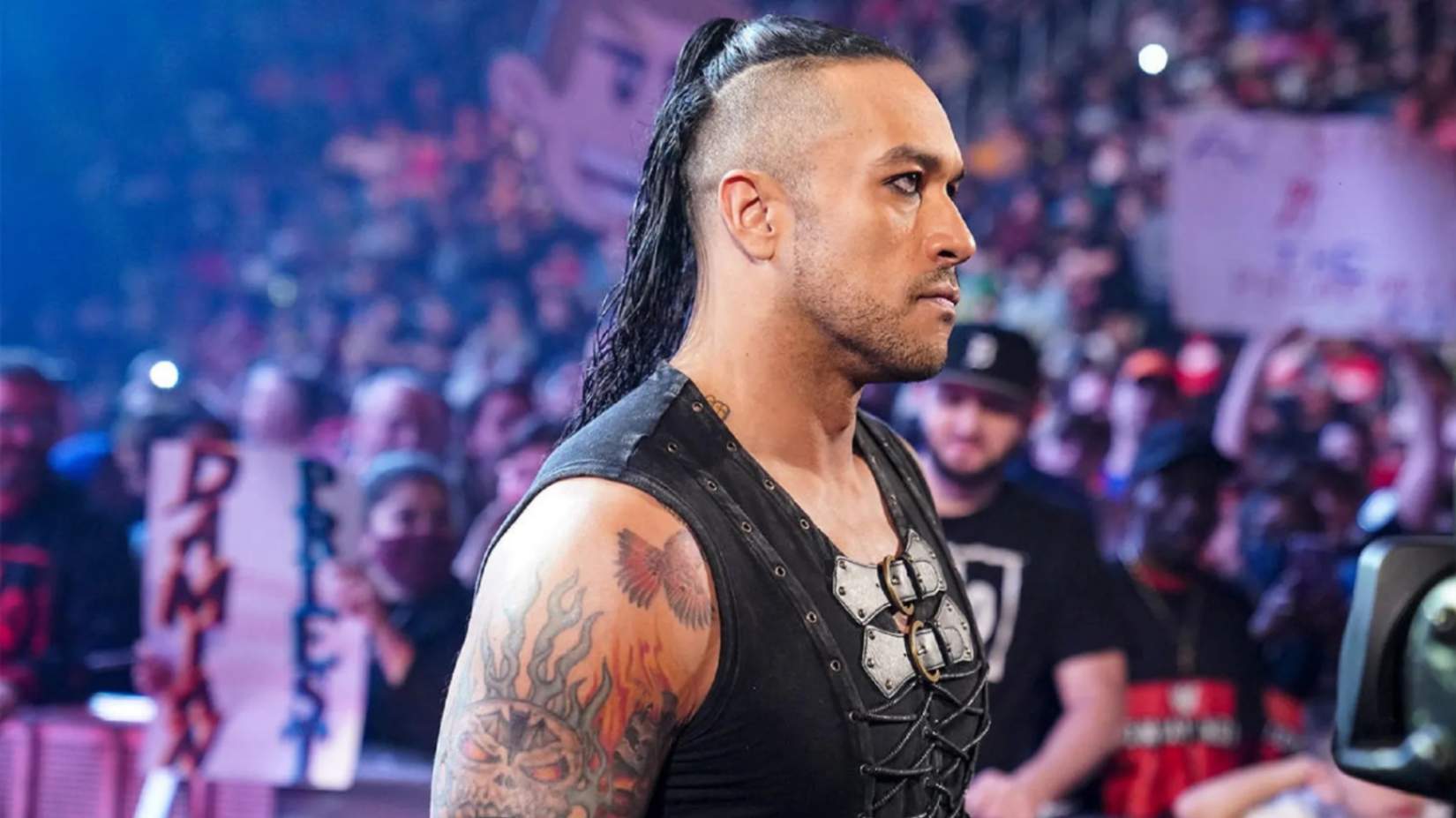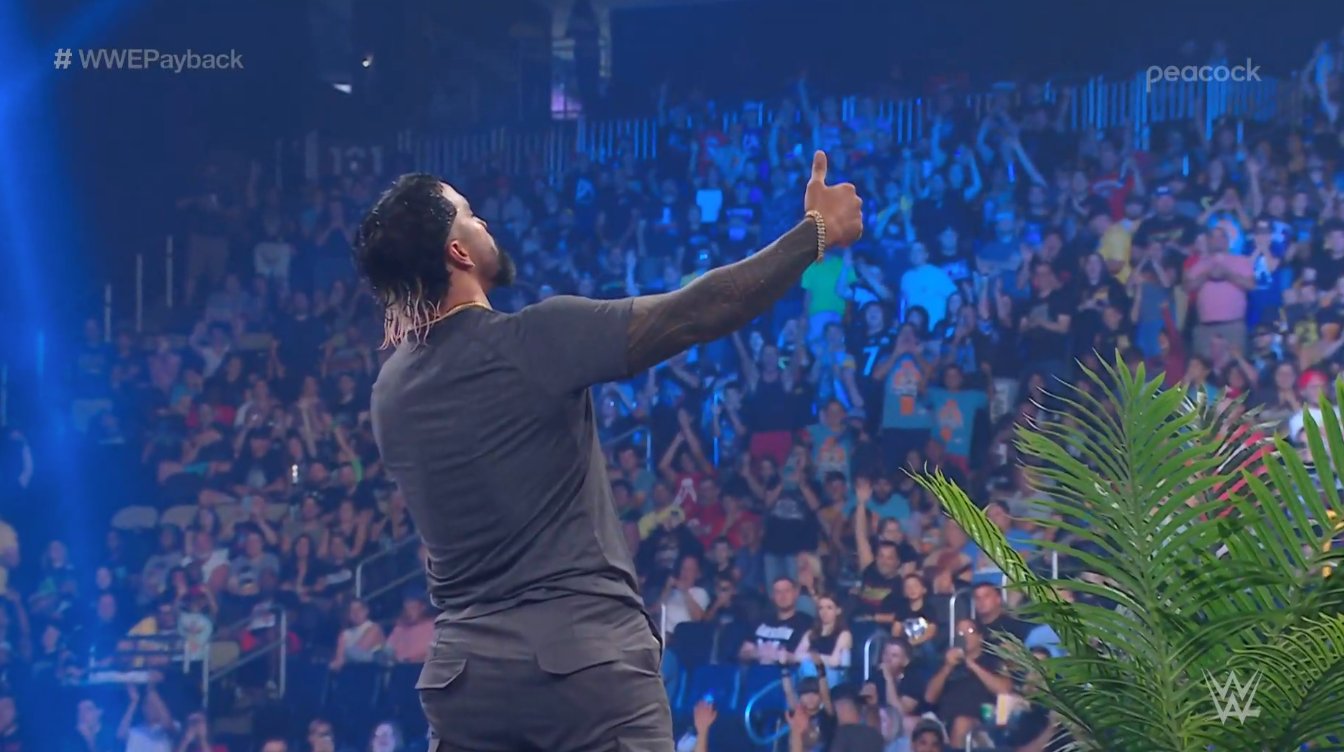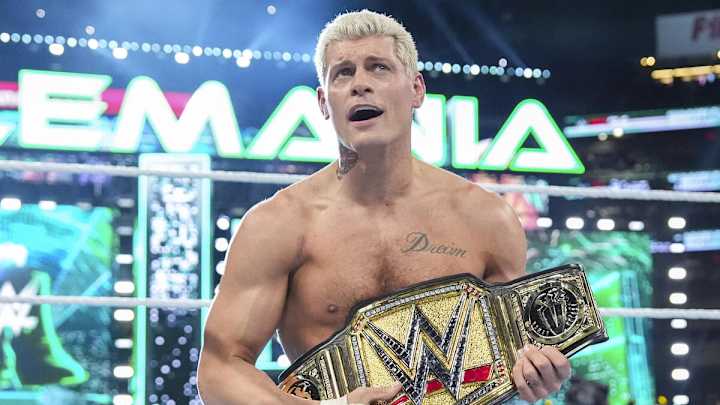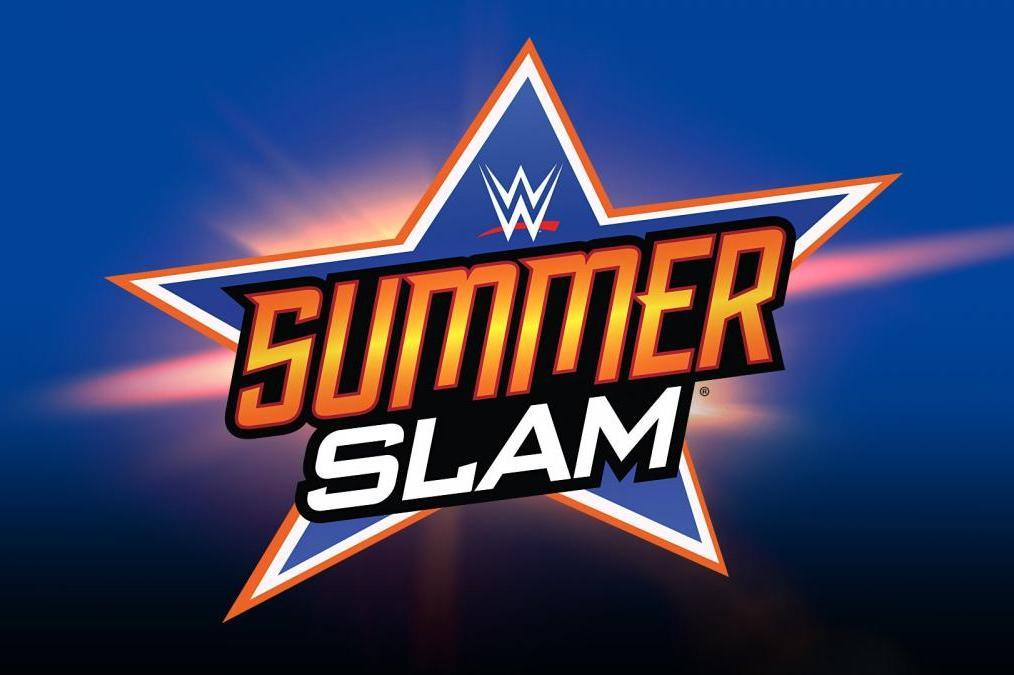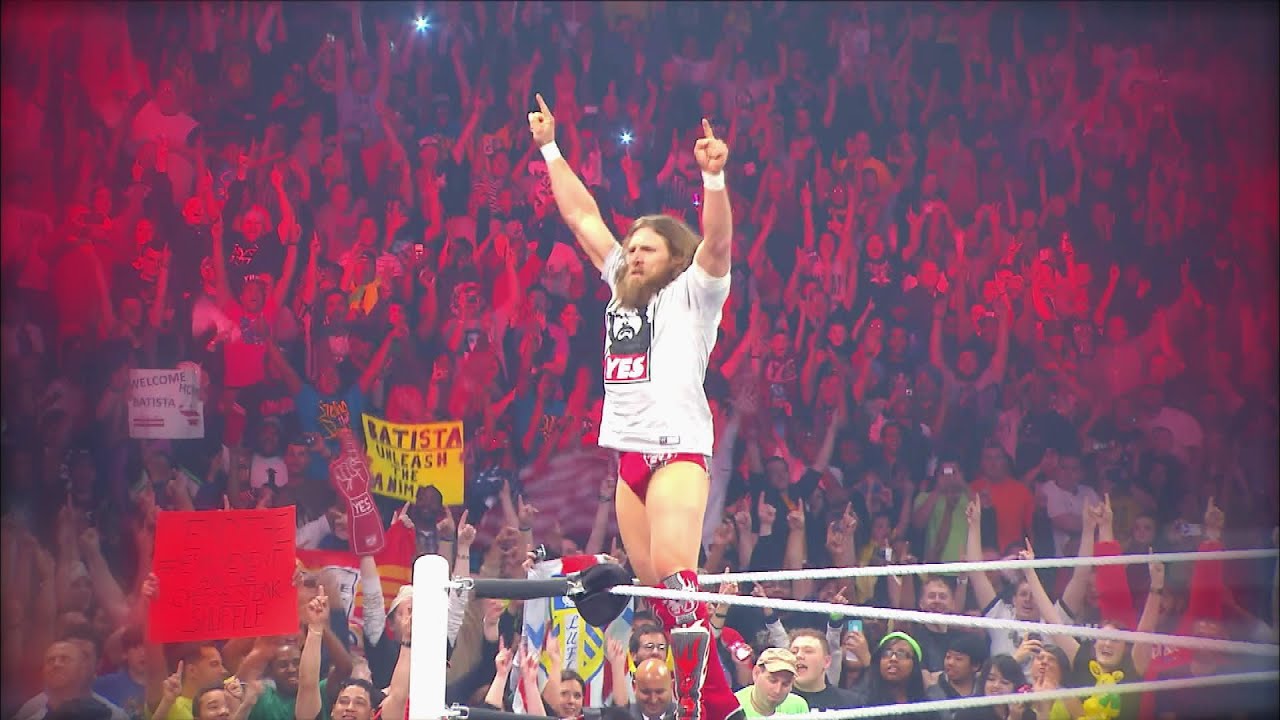The Brawl For All: Wrestling’s Wild Experiment Of 1998
Few occurrences in professional wrestling lore have been as infamous as the infamous 1998 summertime Brawl for All tournament, a catastrophic and tumultuous exercise in futility that began in an attempt to promote a demonstration of durability and legitimacy but soon spiraled into a debacle of injuries, unforeseen consequences, and long-term repercussions for most involved. In this article, the background, behavior, and aftermath of the Brawl for All will be discussed, and an analysis will follow regarding its development into a cautionary legend in the world of wrestling.
The History Behind the Brawl for All
The idea for Brawl for All took shape at a time when WWF, today rebranded under the name WWE, experienced a boom in its popularity. With an increased talent pool and a limited television schedule, many wrestlers experienced no significant angles and no opportunity to introduce themselves as roughneck characters. Vince Russo, a key WWF writer at that time, proposed the tournament in a move to utilize this and include its performers in a “true” competition.
The Context of 1998 in Professional Wrestling
To understand the genesis of the Brawl for All, one must understand the big picture of professional wrestling during that particular era. Monday Night Wars reached its height during the late 1990s, a rating competition between WWF and its arch-rival, WCW (World Championship Wrestling). WWF and WCW fought for dominance in an era with over-the-top angles and increasingly larger characters.
The demand for realism in a scripted format for wrestling, and for a new form of competition and brutality in an age with mixed martial arts (MMA) on the rise, facilitated paving the way for Russo’s vision, one that blended actual fighting with spectacle in wrestling.
Tournament Structure and Rules
The Brawl for All consisted of 16 wrestlers with three one-minute rounds in a bout with performance earning them points: five for a takedown, ten for knockdowns, and five for punches landed in a single round. Knockout won outright in a bout.
The Participants
The tournament saw a mixed bag of wrestlers, with both experienced and relatively new wrestlers participating in it. Some of them included:
Steve Blackman: Vets martial artists with a fighting background in many fighting sports
Dr. Death Steve Williams: a college wrestler and one of the strong favorites to win
A tag-team player whose claim to glory is not necessarily for fighting but for charisma
Bradshaw (JBL): a grizzled, no-holds-barred in-ring competitor with a strong,
Not with its simple rules, but even then, provisions for fighting level between participants were not included in the tournament. Most wrestlers underwent training in professional wrestling and not in actual fighting sports, and hence, a lot of security and injury concerns ensued.
The Contests Begin
The tournament kicked off on June 29, 1998, with an unexpected first-round match between Steve Blackman and Marc Mero, a former Golden Gloves boxer. Blackman dominated the match with his grappling skills, showcasing how wrestling techniques could overpower traditional boxing strategies in this unique format.
Notable Matches and Upsets
The tourney continued, and upsets became a growing feature. Most surprisingly, perhaps, one of them involved Dr. Death. Steve Williams, universally considered a safe bet to win, got knocked out in a fight with Bart Gunn. Not only did this serve to distract WWE, but it also emphasized unpredictability in competition in general.
Another key bout pitted Savio Vega, a notoriously tough competitor, against Road Warrior Hawk, a fellow competitor with a similar reputation for tenacity. Despite both opponents’ reputation for durability, Vega won through determination and willpower alone. Unpredictability continued when Gunn moved through rounds, beating opponents who were predicted to overpower him.
Injuries and Controversies
The wounds accumulated with successive contests. Contestants like Road Warrior Hawk, Savio Vega, and even its owner, Gunn, received actual wounds in competition. How much of a toll it took physically on participants challenged its purpose and safety in general.
Criticism of Wrestlers
Critics of Brawl for All criticized that it seemed to have been a poorly planned publicity scheme and not an actual competition in any form. Some wrestlers criticized its delivery, with many speculating that it actually seemed to have been a scheme to embarrass certain performers and not a demonstration of talent at all.
Announcer and in-ring personality Jim Ross, who performed during this period, later regarded Brawl for All as a poorly designed concept not in harmony with values at WWE. Real competition focused on a scripted format of competition blurred both wrestlers and observers regarding what actually transpired and what part of a narrative.
The Aftermath: Legacy of Regret
The Brawl for All concluded on August 24, 1998, with the unlikeliest of winners in Bart Gunn, defeating Bradshaw in a finals match. With a $75,000 purse and a future matchup with celebrity pugilist Butterbean at WrestleMania XV, a win for Gunn appeared a foregone conclusion at one stage, but it concluded on a disastrous note for him when, in a span of 34 seconds, he was knocked out—an embarrassing conclusion to an already tumultuous ride.
Impact on Careers
The consequences of Brawl for All continued to resonate for many years afterwards:
Bart Gunn: After a loss to Butterbean, momentum for Gunn in WWE took a sharp fall. Unable to develop any meaningful storylines, soon enough, Gunn left WWE.
Being one of the best in-house talents with future main-event aspirations, Williams’ loss at the hands of Gunn took a toll on his role in WWE.
Bradshaw (JBL): Having enjoyed a successful post-Brawl for All career, he continued to exhibit disappointment with its performance at that point in his career.
Also, many wrestlers sustained injuries that continued to plague them long afterwards. What it took out of one’s body questioned its purpose and safety in general.
Conclusion: Lessons Gained
The Brawl for All is an important lesson in professional wrestling about balancing legitimacy and spectacle with safety. As an intentional try at a truer demonstration of wrestlers’ durability, it actually heightened the danger in mixing scripted performance with real fighting sports.
Musings of Industry Experts
Many years down the line, many an industry legend has regarded Brawl for All as a cautionary lesson in what can go wrong when outlandish experiments become a reality with no planning and consideration for competitor well-being. Wrestlers, including Kurt Angle, have shared how such experiments can have consequences with no one seeing them coming, not for one but for a whole promotion.
The History of Professional Wrestling
Following the failure of Brawl for All, wrestling companies have proceeded to modify and adapt approaches for including fighting sports elements in scripted angles. As much as MMA developed in a massive form ever since then—with companies such as UFC at its fore—professional wrestling concentrated even more on its strengths: character development and narrative creation.
Promotions nowadays prioritize developing strong narratives through which wrestlers can present themselves in a strong, yet safe and healthy manner. This change acknowledges that even with a desire for realism in competition, an audience wants strong, ongoing storylines in which characters can become involved over a period of time.
Final Thoughts
The shadow of Brawl for All continues to haunt the universe of wrestling even in its current times, both as a lesson and a lesson in ambition becoming a destructive force at times. In a career that breathes and lives through character development and storyline, Brawl for All is an aberration, a failed one at that, and a lesson in one that not everything can work when removed from theory and placed in practice in the ring.
And when its fan base looks at this tumultuous era in wrestling lore, it is not simply reminded of its failure but of its lessons—lessons in regards to safety, narrative integrity, and consideration for performers and observers both. Ultimately, even when Brawl for All failed in its aims, it is an unforgettable part of wrestling lore—one of a crazed experiment in which both humanity’s tenacity and folly lay in full view in balanced proportion.
